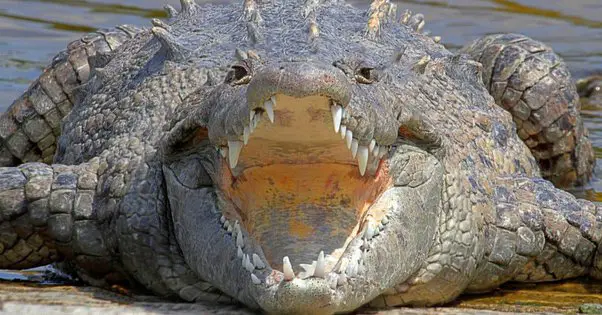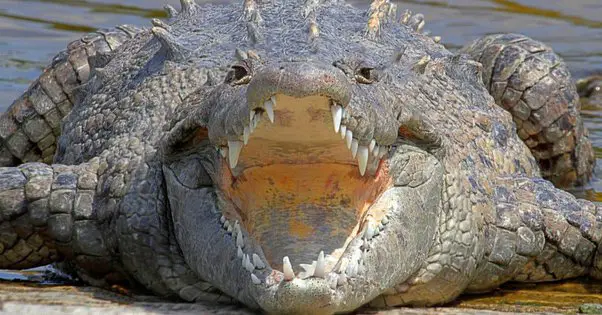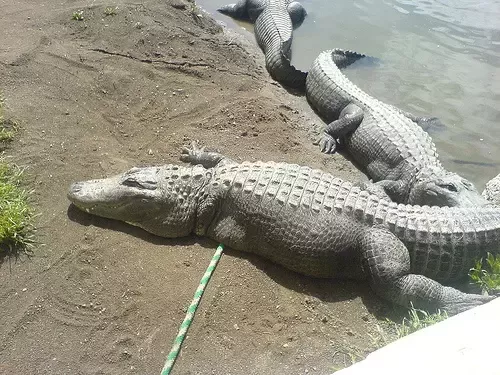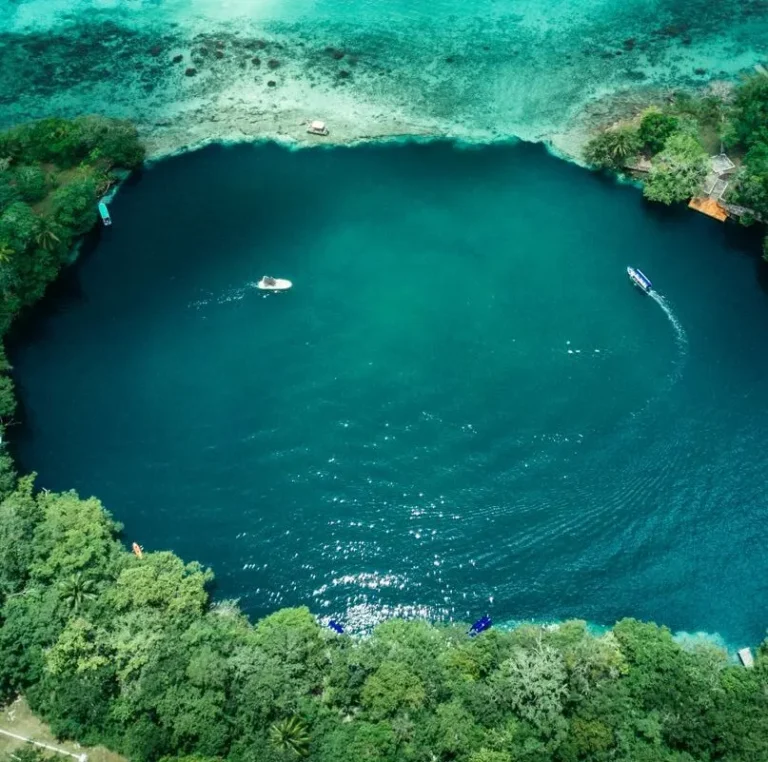Are Crocodiles Amphibians

Crocodiles are not amphibians; they are reptiles. Crocodiles are reptiles, not amphibians.
They are not classified as amphibians. Crocodiles, like alligators, belong to the reptile family Crocodylidae. They are large semiaquatic animals that live in various parts of the world, including Africa, Asia, the Americas, and Australia. Crocodiles have unique features that differentiate them from amphibians.
These include scaly skin, lungs for breathing, and a life cycle that does not involve metamorphosis. Unlike amphibians, which undergo a larval stage before becoming adults, crocodiles hatch from eggs as miniature versions of their parents. As reptiles, crocodiles are well-adapted to their environment and play essential roles in ecosystems where they reside. They are apex predators, and their ecological significance cannot be understated.

Credit: www.123rf.com
Understanding Crocodiles And Amphibians
Are Crocodiles Amphibians? Crocodiles are reptiles, not amphibians. Reptiles include turtles, snakes, lizards, alligators, and crocodiles. Amphibians, on the other hand, are ectothermic vertebrates that undergo metamorphosis from a larval stage to the adult stage, such as frogs, toads, and salamanders. One key distinction is their skin. Reptiles have dry, scaly skin, while amphibians have moist skin with mucus to prevent drying. These differences categorize crocodiles as reptiles, not amphibians.
Evolution: Crocodiles did not evolve from amphibians. Crocodiles belong to the family Crocodylidae and are large semiaquatic reptiles living in tropical regions across Africa, Asia, the Americas, and Australia.

Credit: www.earthandanimals.com
Key Differences Between Crocodiles And Amphibians
| Key Differences between Crocodiles and Amphibians |
|---|
| Habitat |
Crocodiles are typically found in freshwater habitats such as rivers, lakes, and wetlands. They can also inhabit saltwater environments, like coastal areas and estuaries. On the other hand, amphibians are mostly found in moist habitats, including forests, deserts, and even underground. They require water for breeding and typically reside near bodies of water such as ponds, streams, and marshes.
| Reproduction |
Crocodiles lay eggs on land, creating nests and ensuring the eggs are protected until they hatch. The female crocodile then helps the hatchlings reach the water. Conversely, amphibians, like frogs and toads, typically lay their eggs in water. The eggs hatch into aquatic larvae, known as tadpoles, before metamorphosing into terrestrial adults, completing their life cycle.
| Skin |
Crocodiles have tough, scaly skin that helps protect them from their harsh environment. The scales are thick and provide insulation and waterproofing. On the other hand, amphibians have thin, porous skin that allows for gas exchange. Their moist skin also helps them stay hydrated and aids in respiration.
| Respiration |
Crocodiles breathe using lungs and are obligate air-breathers. They have specialized modifications that allow them to hold their breath for long periods while submerged. In contrast, some amphibians, like frogs and salamanders, have both lungs and the ability to breathe through their skin. They rely on cutaneous respiration in addition to lung respiration.
Similarities Between Crocodiles And Amphibians
Crocodiles are not amphibians. They are actually reptiles, specifically part of the Crocodylidae family. Despite this distinction, there are some similarities between crocodiles and amphibians that can be attributed to their evolutionary connections. Both crocodiles and amphibians are ectothermic vertebrates, meaning their body temperature is regulated through external sources. They also have two-chambered hearts and lay eggs. In terms of ecological roles, crocodiles and amphibians play important roles in their respective ecosystems. They both contribute to controlling populations of other organisms and play a part in nutrient cycling. Crocodiles, as apex predators, regulate prey populations and maintain balance in aquatic habitats. Amphibians, such as frogs and toads, serve as indicators of environmental health due to their sensitivity to habitat degradation and pollution. In conclusion, while crocodiles are not amphibians, they share some common evolutionary traits and ecological roles.
Credit: www.quora.com
Debunking The Myth: Crocodiles As Amphibians
There is a common myth that crocodiles are amphibians, but this is not true. Crocodiles are actually reptiles. They are often mistaken as amphibians due to their ability to live in both water and on land. However, scientific evidence categorizes crocodiles as reptiles, not amphibians. Their classification is based on various factors including their physical characteristics, behaviors, and evolutionary history.
Frequently Asked Questions On Are Crocodiles Amphibians
Is A Crocodile A Reptile Or An Amphibian?
Crocodiles are reptiles, not amphibians. Reptiles have scales and their skin is dry, while amphibians have moist skin and go through metamorphosis.
What Is An Amphibian Vs Reptile?
Amphibians and reptiles can be distinguished by their skin. Reptiles have scales and dry skin, while amphibians have moist skin without scales. Examples of reptiles include turtles, snakes, lizards, alligators, and crocodiles. Amphibians include frogs, toads, and salamanders.
Did Crocodiles Evolve From Amphibians?
Crocodiles did not evolve from amphibians. They are classified as reptiles, not amphibians.
What Animal Classification Is A Crocodile?
Crocodiles are classified as reptiles, not amphibians. They are large, semiaquatic creatures found in tropical regions worldwide.
Conclusion
Despite sharing some characteristics with amphibians, crocodiles are classified as reptiles. Their scaly skin and ability to regulate body temperature mark them as distinct from amphibians. Understanding these differences is crucial in appreciating the diverse reptilian world and the unique traits of crocodiles.




